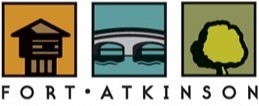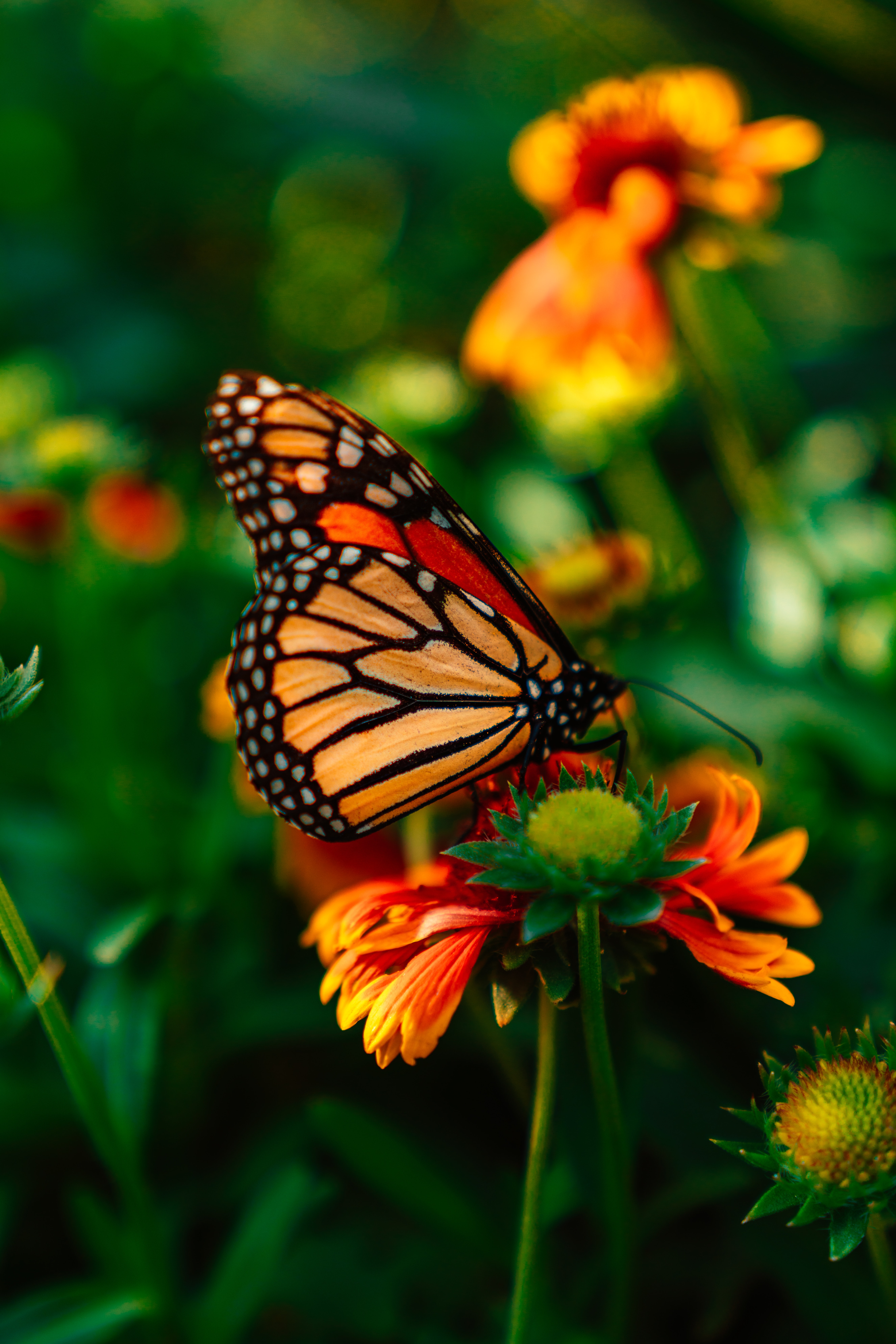City has signed National Wildlife Federation's "Mayors' Monarch Pledge" to help save the Monarch Butterfly

DATE: May 18, 2022
TO: Local Media Outlets
FROM: Rebecca LeMire, City Manager
City of Fort Atkinson has signed National Wildlife Federation’s “Mayors’ Monarch Pledge” to help save the Monarch Butterfly
On Tuesday, the City of Fort Atkinson Council approved a proclamation declaring April 22, 2022 as Monarch Pledge Day in the City of Fort Atkinson. The City signed the National Wildlife Federation’s Mayors' Monarch Pledge, committing to take four actions to help save the declining monarch butterfly and other pollinators.
The City of Fort Atkinson is now part of an expanding North American network of cities working to create habitat in public parks, public landscaping, vacant lots, roadsides, medians, green roofs, backyard gardens and open spaces throughout the entire community.
When signing the Pledge, the City committed to launching a communication effort to encourage residents to plant monarch gardens at their homes or in their neighborhoods, committed to issuing this proclamation to raise awareness about the decline of the monarch butterfly and the species’ need for habitat, committed to planting a monarch and pollinator-friendly demonstration garden at a prominent location in the City and display educational signage at the monarch garden and pollinator habitat.
Monarch and pollinator-friendly demonstration gardens have already been planted at the Hoard Historical Museum and on the City’s vacant land on Grove Street.
“Cities, towns and counties play a pivotal role in advancing monarch butterfly conservation in urban and suburban areas,” said Patrick Fitzgerald, senior director of community wildlife at the National Wildlife Federation. “By working together, we can ensure that every American child has a chance to experience majestic monarchs in their communities.”
“The City has been committed to helping pollinators for the last several years. There are already pollinator gardens at the Hoard Historical Museum,” said Rebecca Houseman LeMire. “We’re excited to be able to continue this effort."
Found across the United States, monarch butterflies numbered around 1 billion in 1996. Today, their numbers have declined significantly as a result of numerous threats, particularly the loss of habitat due to cropland conversion, urban development, and agricultural practices. Degradation of wintering habitat in Mexico and California has also had a negative impact on the species.
Through the National Wildlife Federation’s Mayors' Monarch Pledge, cities and municipalities commit each year to create habitat and educate residents on how to make a difference at home or in their community. Officials who take the pledge commit to at least three of 30 action items to help save the monarch butterfly.
Through the National Wildlife Federation’s Community Wildlife Programs, cities, counties and towns across the United States are helping local wildlife by restoring and reconnecting habitat in urban and suburban areas while reconnecting people with nature. For more information about the Mayors’ Monarch Pledge, go to: NWF.org/MayorsMonarchPledge.
###



